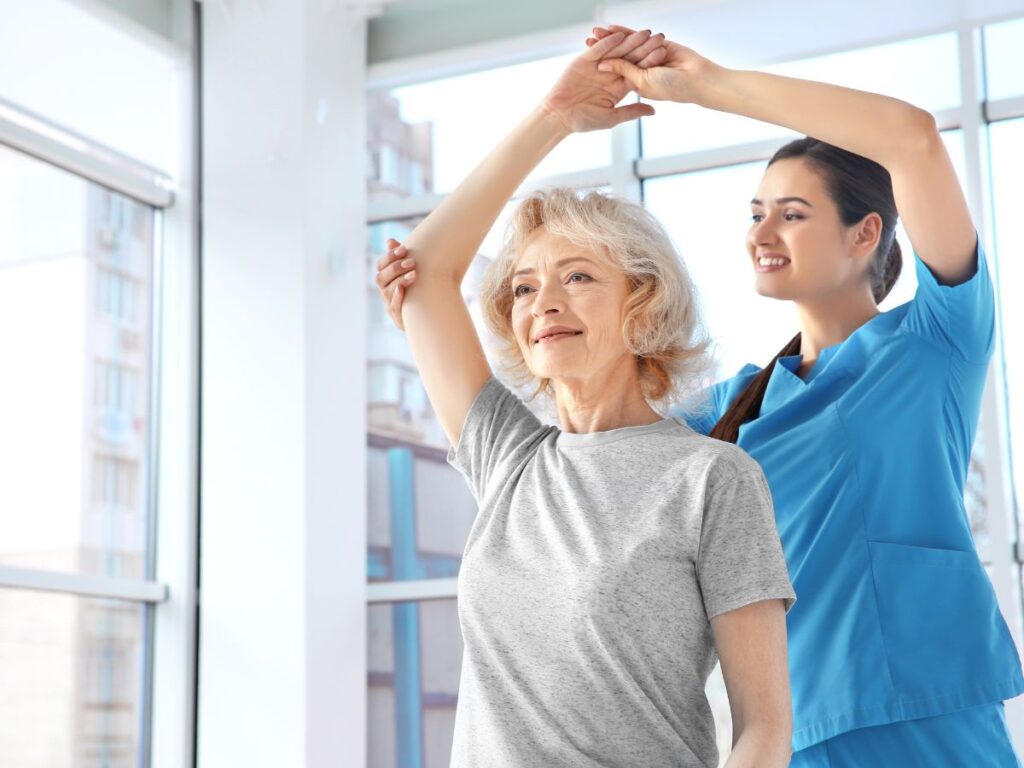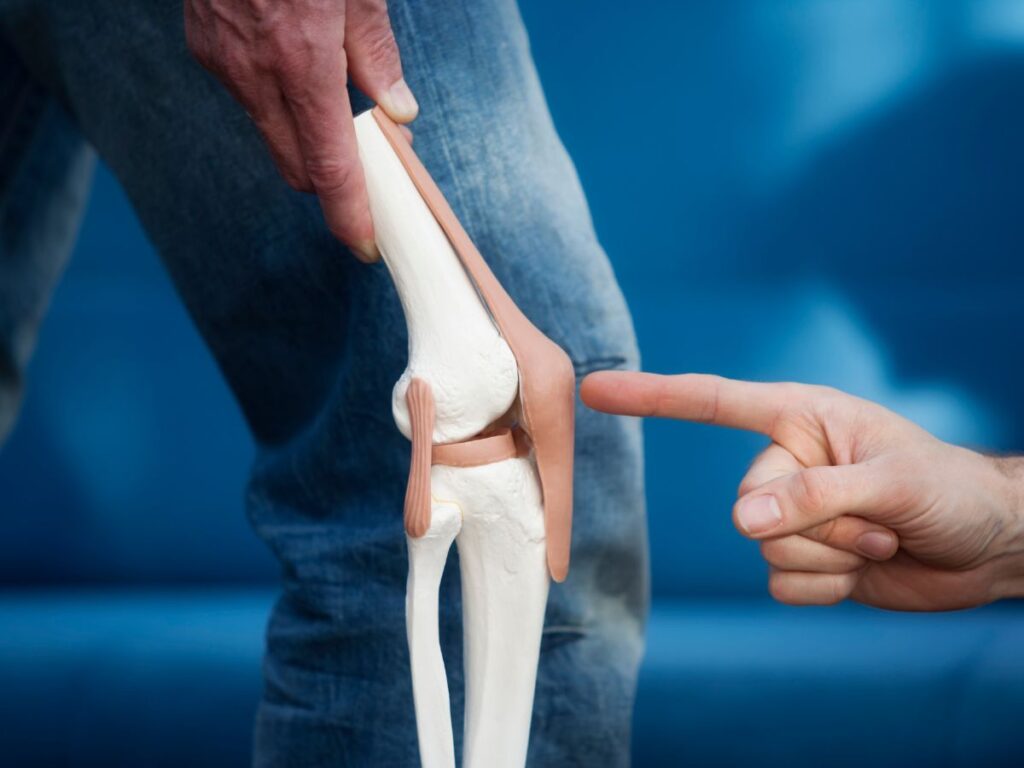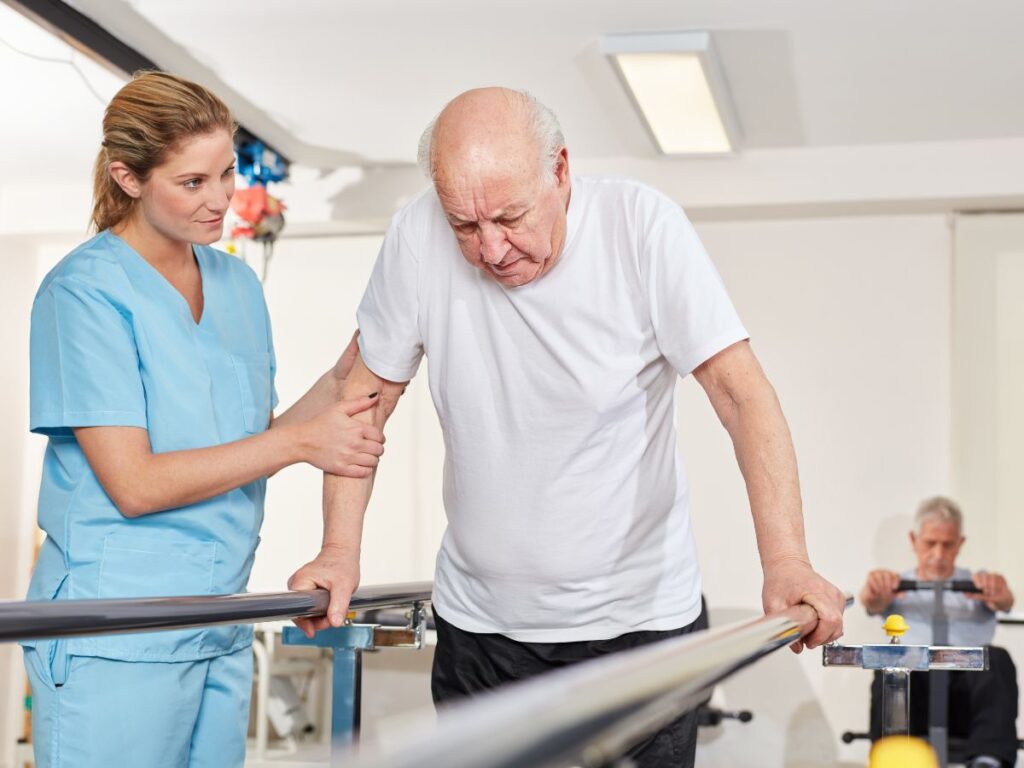How Arthritis Impacts Older Adults
Arthritis describes inflammation or wear in the joints, frequently appearing as osteoarthritis—worn cartilage in knees, hips, or hands—or rheumatoid arthritis, an autoimmune form attacking joint linings. For seniors, these persistent aches can curtail everyday mobility, leaving once-simple tasks—like stair climbing or opening jars—painful. But while arthritis can’t be reversed, well-structured therapy can quell inflammation, preserve joint function, and stave off worsening disability. By blending low-impact exercises, gentle manual work, and Dr. Elham’s alignment checks, older adults soothe stressed joints and fortify surrounding muscles. This synergy reclaims daily independence, replacing stifling ache with a renewed capacity to move, whether for household chores or leisurely strolls with family.
Why Arthritis Worsens Without Intervention
Cartilage gradually thins under repeated strain, intensifying friction between bones. Inflammation swells the joint capsule, making each bend or twist uncomfortable. Without guided therapy, muscles supporting the area weaken, magnifying instability. Pain fosters inactivity, further weakening the joint. Therapy halts this downward spiral: mild manual techniques ease tissue tension, monitored exercises re-strengthen key stabilizers, and Dr. Elham’s posture corrections ensure no spinal subluxations exacerbate arthritic segments. Over time, seniors experience fewer flare-ups, expanding range-of-motion that revives confidence in daily tasks—like kneeling briefly or lifting moderate items without wincing from arthritic twinges.
Core Components of Senior Arthritis Therapy
Though specifics vary, an effective regimen often includes:
- Joint-Friendly Exercises: Low-load, controlled movements (like swimming, stationary cycling, or seated leg extensions) that lubricate cartilage and maintain strength.
- Heat and Cold Applications: Warming stiff joints before exercise and icing them post-workout to quell swelling.
- Manual Release: Gentle massage or trigger-point therapy easing muscle tension around arthritic areas.
- Weight Management and Nutrition Tips: Minimizing load on painful joints through balanced weight and an anti-inflammatory diet.
- Chiropractic Alignment: Dr. Elham’s checks to prevent subluxations from intensifying arthritic friction or nerve irritation.
Together, these tools transform joints from inflamed and immobile to carefully mobilized, forestalling advanced deterioration and reinstating some freedom of movement.
Dr. Elham’s Alignment in Arthritic Care
If the spine or pelvis is misaligned, it can direct excessive force onto arthritic knees or hips. Dr. Elham locates and corrects these subluxations, opening nerve channels and promoting balanced weight bearing. Gentle adjustments also help if upper back tension aggravates arthritic shoulders or neck. By resolving these hidden stressors, therapy exercises—like mild squats or arm stretches—become more comfortable and effective. Over the course of sessions, the synergy between alignment and arthritic therapy fosters a less inflamed, more lubricated joint environment, alleviating the daily friction that once provoked persistent aches. Freed from mechanical aggravations, seniors enjoy gentler arthritic symptoms and improved daily function.
Why Begin Arthritis Therapy Sooner
Waiting until arthritis causes severe motion loss or bone-on-bone pain often demands invasive fixes—like joint replacement. Early therapy intercepts that progression, keeping cartilage viable and muscles robust enough to shield the joint from strain. Regular Dr. Elham subluxation checks also block creeping postural shifts that magnify arthritic damage. Engaging in low-intensity exercise now means less reliance on pain medications later, fewer missed social occasions, and a slower arthritic course that spares seniors from losing cherished independence. By nurturing joint health at the onset of mild stiffness, older adults preserve comfort and freedom well before arthritis cements its grip.
Preserving Gains Outside Therapy Sessions
Therapists typically assign daily micro-exercises—like gentle knee bends, wrist rotations, or shoulder rolls—to maintain fluidity. Warming a sore area before movement can reduce morning stiffness. If arthritic pain flares, short icing or rest intervals help calm inflammation. Dr. Elham’s alignment tips, such as mindful posture when sitting or standing, ensure no uneven pressure aggravates arthritic spots. Over weeks, these consistent micro-actions embed therapy successes into routine living, letting seniors partake in normal tasks—like prepping a meal or walking for short errands—absent the fear that arthritis might flare unexpectedly.
Tackling Typical Activity Barriers
For many seniors, arthritic stiffness can limit walking, bending to pick objects, or standing for extended cooking sessions. Therapy simulates these demands: practicing partial squats to emulate picking up laundry, or step-up drills for climbing onto a porch. Dr. Elham’s alignment ensures no hip tilt intensifies the knee’s discomfort. Over repeated practice, these tasks become second nature, preventing flares and fostering confidence. Freed from nagging arthritic jabs, older adults can safely attend family gatherings or manage light gardening. This return to normalcy spares them from the isolation or helplessness that constant joint pain often imposes.
Consequences of Neglecting Arthritic Joints
Without intervention, arthritic damage accumulates, limiting mobility to the point of needing canes or drastic surgical interventions. Chronic inflammation can degrade cartilage entirely, culminating in bone spurs or severe deformities. Social withdrawal can follow if walking or standing remains too painful. Overuse of pain medications may spark side effects or dependency. Alternatively, consistent therapy fosters lubrication within the joint, toned muscles, and posture that dissipates stress. Dr. Elham’s adjustments steer arthritic joints away from degenerative spirals. Ultimately, ignoring arthritis often equates to forfeiting an active retirement, while therapy extends older adults’ window of comfortable, engaged living.
Typical Arthritis Therapy Session Flow
At the outset, the therapist gauges pain levels and notes which joints feel stiffest—like knees, hips, or fingers. Gentle warmups—such as heat packs—soften inflamed tissues. Dr. Elham might adjust the pelvis or upper spine if alignment imbalances overburden an arthritic area. Next, seniors practice low-strain moves—like seated leg lifts or light dumbbell lifts—to enhance muscle support. Manual therapy could target tight muscles around the joint. If swelling flares, icing or short rest intervals calm it. Over time, the exercises grow more dynamic, reflecting daily demands—like stepping, squatting, or moderate overhead reach. Steady gains in range-of-motion and diminished ache confirm the therapy’s success, returning control over typical chores and mild leisure activities.
Reclaiming Life from Arthritic Aches
Arthritis therapy for seniors replaces the grim acceptance of joint pain with a tangible path to relief. Through measured movement, muscle strengthening, and Dr. Elham’s alignment adjustments, inflamed knees or shoulders receive respite from friction, fueling less pain and greater flexibility. Freed from the defeat of daily stiffness, older adults recover their enthusiasm for casual walks, gentle gardening, or visiting friends without hobbled steps. Rather than lament each twinge, they harness therapy’s progress, stepping into a future where aging includes active living—enjoying each day’s tasks without the constant shadow of arthritic pangs.






